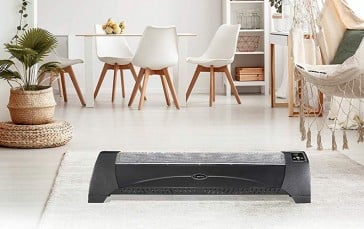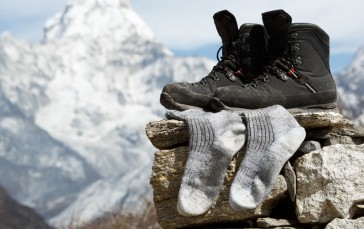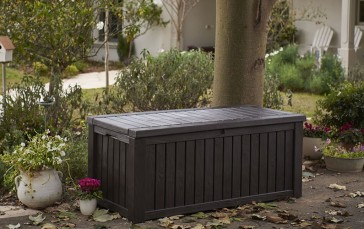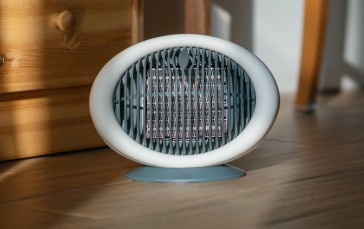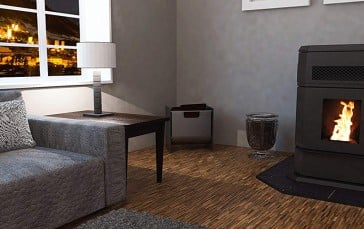How To Winterproof Your Home
With the chill of winter setting in, it is natural to go get your warmer clothes out, pull thicker or electric blankets from your closet, and of course, turn on the space heater to combat the nippy air. However, preparing your home in anticipation of lower temperatures is important, as winterizing your property can save you from shelling out a lot of money to keep your home warm. Here are a few interest hacks for winter-proofing your sweet home.
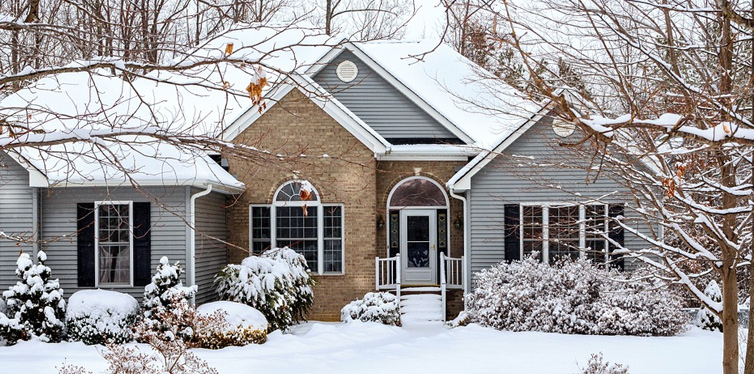
1. Make Use of Caulking
Experts have reiterated time and again that leaving holes and cracks unrepaired can lead to a heat loss of up to 25%. That’s why caulking can make such a huge difference to winter-proofing your home.
For best results, start outside by checking the entry and exit points for the services and fill in any holes or gaps you find. Move onto the inspecting window and door frames from the inside. A candle flame or smoke from an incense stick can help you find any hidden draughts. As well as the caulking itself which comes in a tube, you will need a caulking gun and you will also need to clean up each gap before applying for the caulking to take.
2. Be Sure to Change the Weather Stripping
As you are caulking the frames, check the door furniture and tightened up hinges to prevent heat loss. There should be no space between the door and frame. If you see light coming from under the door, invest in a draught excluder. There are many, many kinds and some are unique and quite quirky. If the gaps between frame and door are still too wide, a v-strip weather stripping or foam draught excluding tape can help prevent heat loss. Both are effective, cheap and simple to install.
If you already have weather stripping see if it needs replacing. Although more durable systems can last years, the cheaper foam insulating tapes only last a few months.
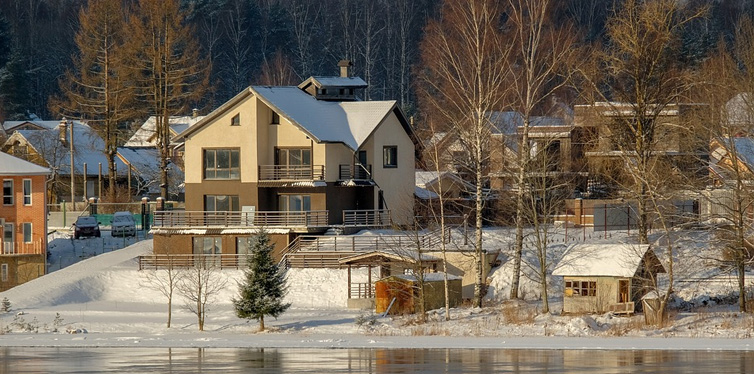
3. Use Shrink Wrap
In an older home, bubble wrap or shrink wrap systems are an effective solution for insulating the windows. Most home improvement stores sell kits designed to fit any size or shape of the window. It’s a relatively inexpensive DIY. Some systems provide fixings that stick to the frame and clasp the wrap. With others, you use strong double-sided tape. For both systems to seal you simply run warm air over it with a hairdryer. Similar systems use PVC sheets instead of shrink wrap and these sit over the window to create double glazing. You need to cut them to size yourself with a hacksaw and its a two-person job to install them but they last a while and work very well.
4. Opt for Storm Doors And Windows
Storm doors and windows may look like an over the top expense but you can use them to improve home security as well. They will also add light without opening the doors. If you’re contemplating this more permanent solution to keeping safe and warm, select windows and doors with Energy Star ratings. Depending on your state there may even be federal tax credits you can claim to help cover costs.
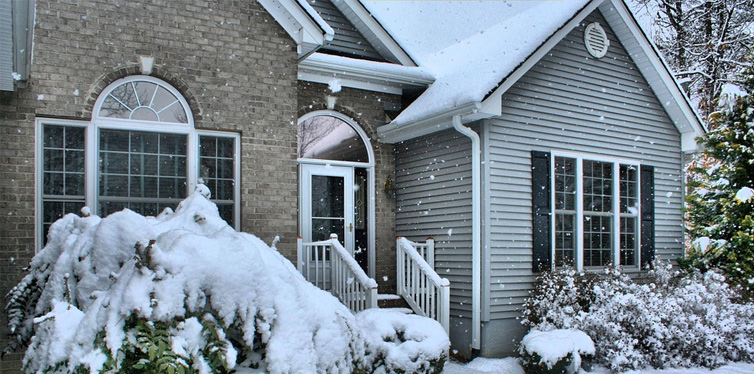
5. Check the Basement
Most people don’t realize how much heat their homes lose by not sealing off their basement. Cold air draws warm air down. Although there may not be windows for draughts, the cold will be coming in from the walls and floors. Even if you only use your basement for storage, it’s worth spending on wall and floor insulation. You will also have a more useful space.
6. Check the Radiators
The heat from a radiator fixed to an external wall is likely to be lost. Luckily there is an easy cheap fix using heat-reflecting foil between your unit and wall. Along with installing this specially designed foil, bleeding radiators regularly and keeping the boiler pressure where it should help your heating system working efficiently.
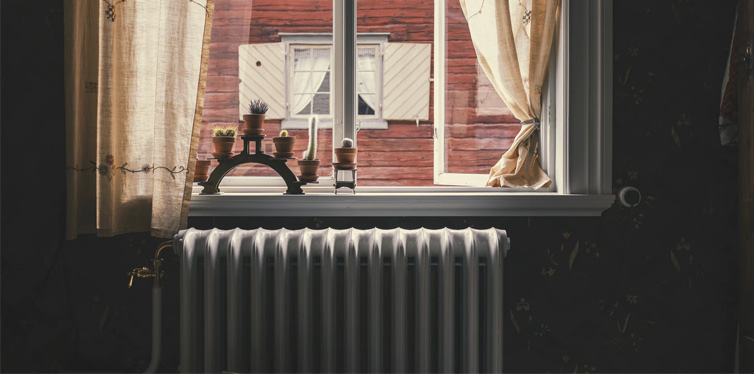
7. Insulate Whatever You Can
Insulating your doors and windows to cut draughts is obvious and crucial but your insulating your plumbing is not so obvious. To snug up your exposed pipes you can use slip-on foam tubing. Similarly, there are insulating jackets to dress up water tanks and boilers. These jackets come with instructions and you will need to know the size of your unit. Similarly, you should work on upgrading the insulating throughout your home. There have been a lot of advancements in home insulation recently. Most of the projects you can handle on your own but sometimes it is wiser to hire an insulation professional. Either way, a little investment in winter-proofing your home will slash energy bills.
Additional Ways to Lower Energy Bills
Insulation will help and there are other ways to slash your heating bills.
- Sweep the chimney. Chimneys need maintenance if they are going to create the draw of air into the fire for optimal fuel efficiency. Using wood fuel, resins build up and choke the chimney presenting a fire risk and a yearly sweep is advised anyway. If your fire is slow to catch or not radiating heat, the problem could be insufficient oxygen getting in through the grate and the ash pan needs emptying. Once your chimney is good working order, how much heat you get from it still depends on your wood. Pine burns fast and hot so it is good for heating the room fast whereas heavier wood such as oak or olive burn slower and less intensely but for longer and are good for banking up for the night.
- Change the temperature setting on the shower faucet. If you have a single handle shower faucet, the chances are it comes with a rotational limit stop to control water temperature. It ensures you don’t get scalded when someone uses a sink anywhere else in the house. Now, it is natural to turn up your water heater when the temperature outside gets low, but the better idea is to adjust the temperature limit directly on the faucets instead. You can do it using an Allen wrench to access a plastic circular valve under the faucet handle. By changing the valve, you can change the temperature setting and select your preferred temperature.
- Use a thermostat to regulate your heating properly. A programmable thermostat with an inbuilt timer allows you to schedule your home’s heating to when you need it. There are Wi-Fi smart thermostats easily available that keep the temperature throughout your home at a comfortable level even when you’re out.
- Check air filters on humidifiers at regular intervals. Most people forget even though keeping air filters clean can help lower energy bills by 5 to 15%. Refer to the unit’s instructions to find out how often they recommend changing the filter completely.
- Pay attention to gutter clearing to avoid pooling rainwater. Neglecting gutters causes damp which seeps into the walls and adds to heat loss. If ladders aren’t your thing it’s worth calling a professional. A good clear out every couple of years will keep your walls sound for years ahead.

It’s amazing how simple it is to make your home feel warmer and of course, you by winter-proofing you’re saving money every time you fill in a crack or lag pipe. Fuel prices are on the increase all over the world and already there are countries in Europe having to take steps to combat fuel poverty but there’s only so much coal and gas left on the planet. Although as your eyebrows gather frost as you walk from the lounge to the kitchen, global warming is probably the last thing you’re thinking about. Even so, by using less fuel to stay warm, you are saving the planet.


